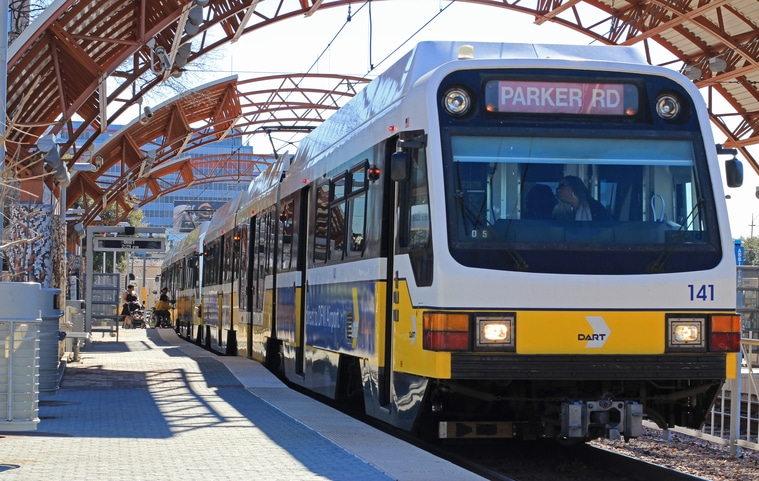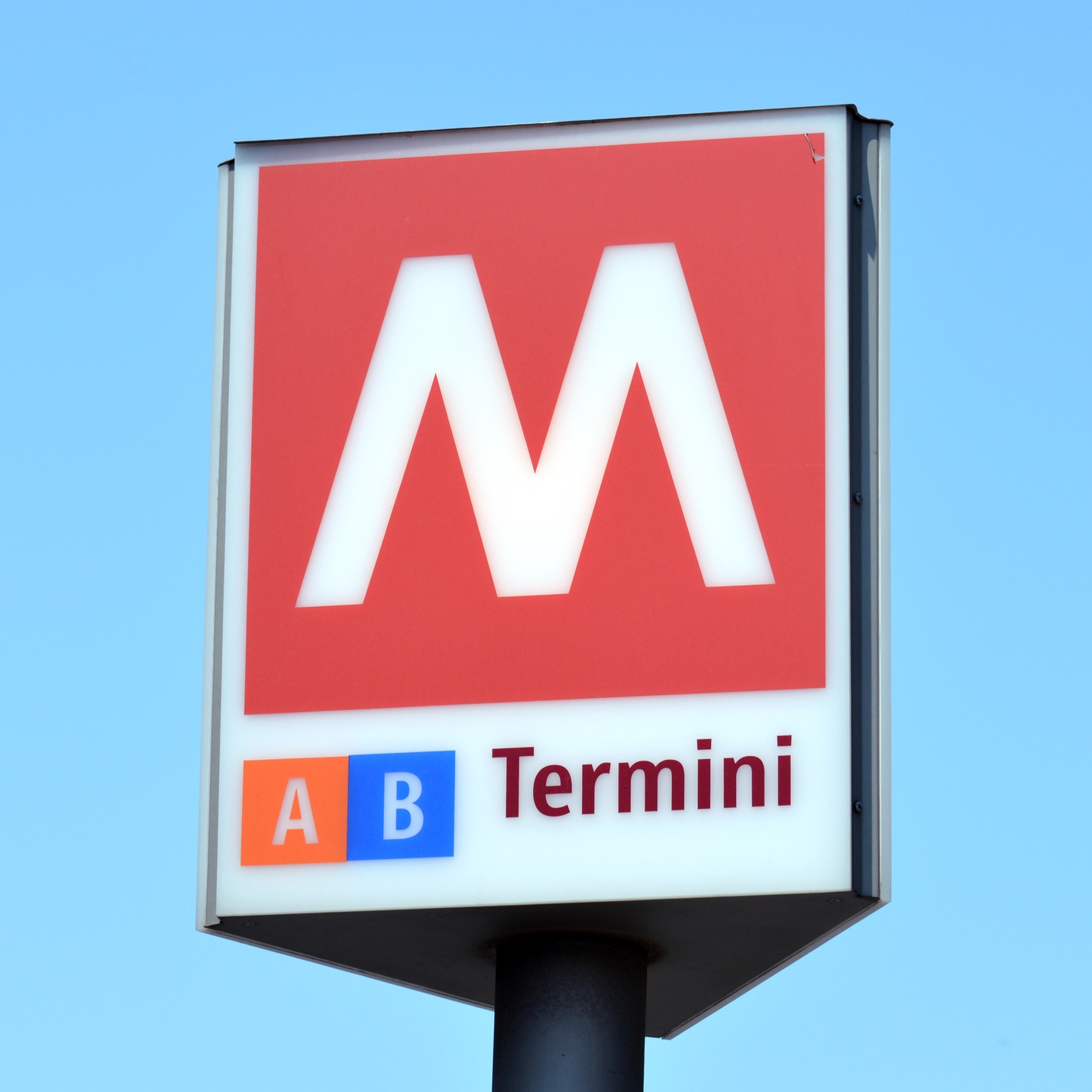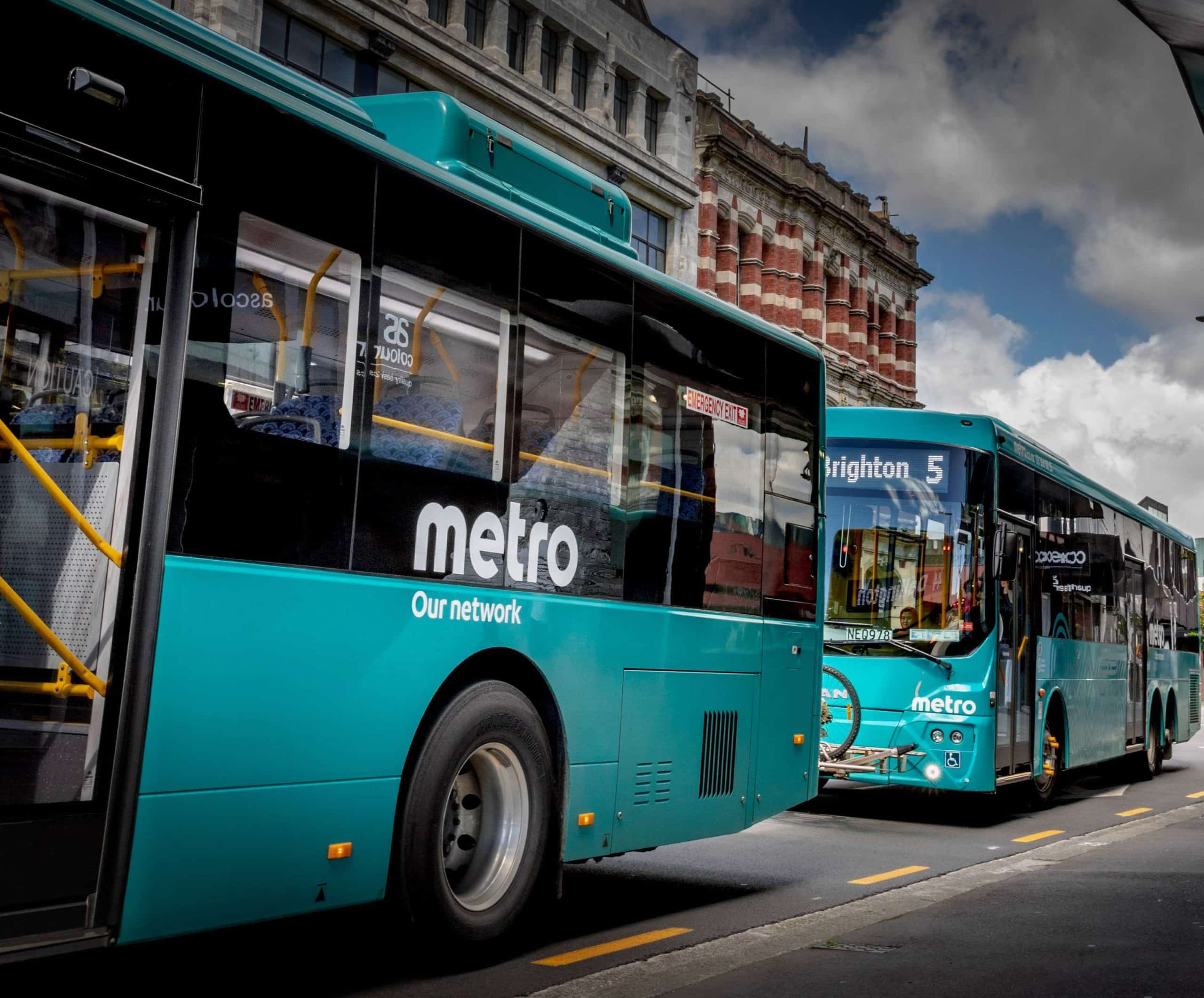
Article Highlights
Dallas Area Rapid Transit, or DART, has become the latest transit agency in the U.S. to accept contactless open-loop payments, joining just four other U.S. agencies that support the technology, not counting small open-loop pilots happening in California.
To support open-loop, DART equipped its fleet of buses and platforms at light-rail stations with contactless readers on validators or terminals. DART has nearly 700 buses and around 65 light-rail station platforms. It also has a small number of streetcars that have also been outfitted for contactless.
• DART (Dallas)
• Vix Technology
Dallas Area Rapid Transit, or DART, has become the latest transit agency in the U.S. to accept contactless open-loop payments, joining just four other U.S. agencies that support the technology, not counting small open-loop pilots happening in California.

















